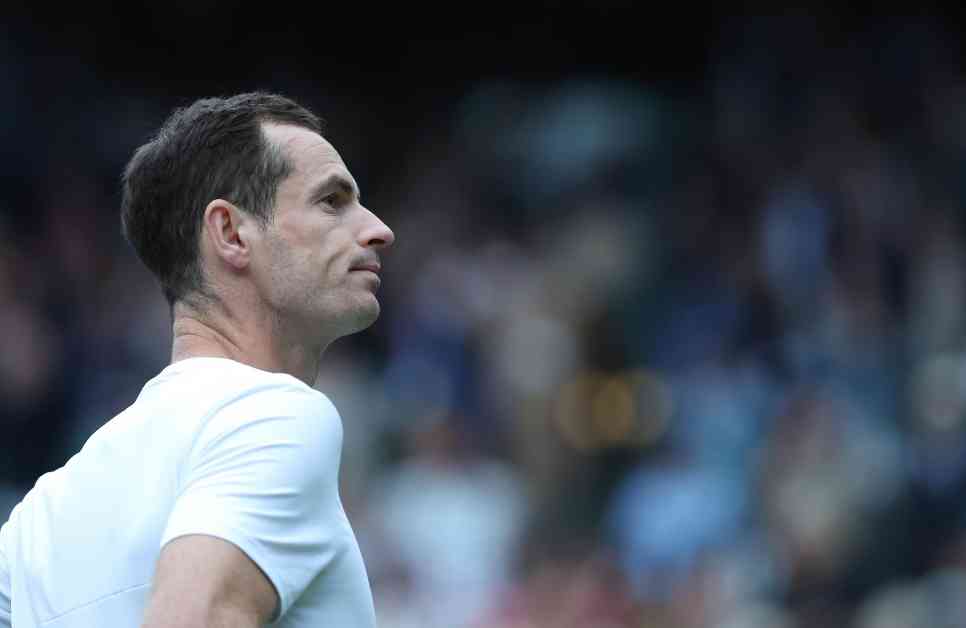Missed Opportunities in Sporting Legacy
When considering the impact of a successful athlete on their community and the wider sporting world, the concept of legacy often comes to mind. Legacy is not just about what a player achieves on the court or field, but also about the lasting impact they have on future generations and the development of sport as a whole.
In the case of Andy Murray, the missed opportunity to establish the Susan Egelstaff Centre near Dunblane is a disappointment that reflects larger issues within the realm of sporting legacy. While Murray’s illustrious career as a professional tennis player has undoubtedly left an intangible legacy in terms of increased interest and participation in tennis in Scotland, the lack of a physical monument to his achievements is a glaring oversight.
Importance of Physical Legacy
Physical legacies, such as sports facilities or centers named after successful athletes, are important for several reasons. They serve as tangible reminders of the achievements of the athletes they honor, inspiring future generations to strive for greatness in their chosen sport. These facilities also provide opportunities for individuals to engage in physical activity and pursue their own sporting dreams.
In the case of the proposed Andy Murray Centre, the decision to scrap the plans due to cost and planning issues is a missed opportunity to create a lasting tribute to one of Scotland’s greatest sportspeople. While it is true that the construction of a single sports center cannot solve all of the issues surrounding physical inactivity and health in Scotland, it would have sent a powerful message about the value of sporting success and its potential to positively impact society as a whole.
Lessons from Sporting Legends
Looking at the legacies of other sporting legends, such as Susi Susanti in Indonesia, provides a valuable lesson in the importance of establishing physical monuments to honor the achievements of athletes. Susanti’s sports hall not only serves as a tribute to her success in badminton but also as a hub for aspiring athletes to train and develop their skills.
Similarly, the proposed Andy Murray Centre could have served as a beacon of inspiration for young athletes in Scotland, providing them with a world-class facility to pursue their sporting dreams. The decision to halt the plans for the center is not just a missed opportunity for Murray and his family, but for the entire Scottish sporting community.
Looking Towards the Future
As we reflect on the missed opportunity to establish the Susan Egelstaff Centre, it is important to consider the implications for the future of sport in Scotland. The lack of a physical legacy for Andy Murray highlights the need for a more proactive approach to honoring the achievements of successful athletes and investing in the development of sport at all levels.
While it is true that the construction of a sports center alone cannot solve the complex issues surrounding physical inactivity and health in Scotland, it can serve as a catalyst for change. By creating physical monuments to honor our sporting heroes, we can inspire future generations to pursue their own sporting dreams and create a more active and healthy society.
In conclusion, the missed opportunity to establish the Andy Murray Centre near Dunblane is a disappointment that reflects larger issues within the realm of sporting legacy. While Murray’s career has undoubtedly left an intangible legacy in terms of increased interest and participation in tennis in Scotland, the lack of a physical monument to his achievements is a glaring oversight. As we look towards the future, it is important to consider the impact of physical legacies in inspiring future generations and creating a more active and healthy society.















